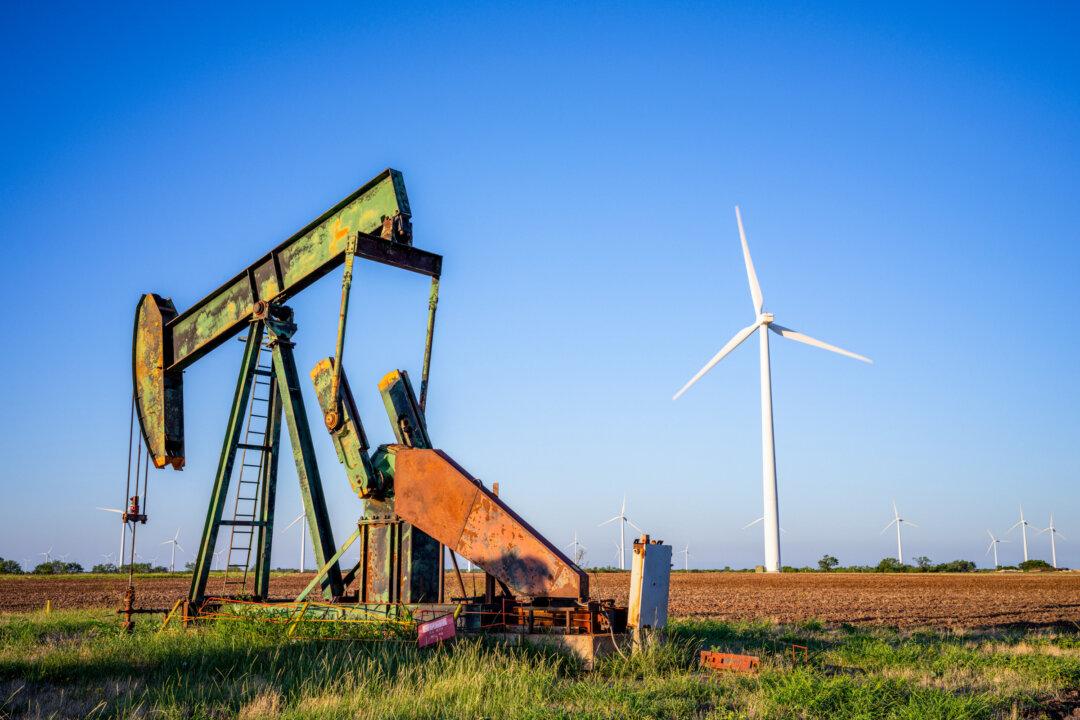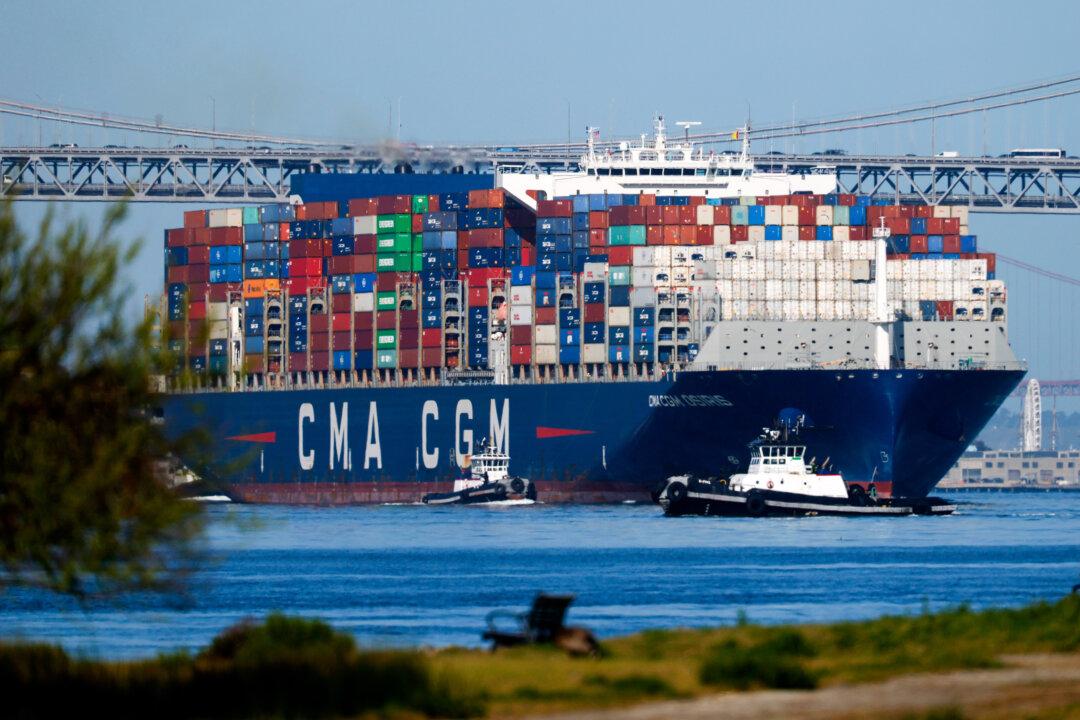‘We estimate there is enough dissolved lithium present in that region to replace U.S. imports of lithium and more,’ USGS hydrologist Dr. Katherine Knierim said.
There could be enough lithium in an ancient seabed below southwest Arkansas to “meet projected 2030 world demand for lithium in car batteries nine times over,” a United States Geological Survey (USGS)-led study has found.
The
study, a collaborative initiative between the USGS and the Arkansas Department of Energy and Environment’s Office of the State Geologist, used a combination of water testing and machine learning to determine that there are between 5 million and 19 million tons of lithium within the Arkla Basin’s
Smackover Formation, a seabed of porous, permeable limestone beneath parts of Arkansas, Louisiana, Texas, Alabama, Mississippi, and Florida.
“Lithium is a critical mineral for the energy transition, and the potential for increased U.S. production to replace imports has implications for employment, manufacturing and supply-chain resilience,” USGS Director David Applegate said in
an Oct. 21 statement. “This study illustrates the value of science in addressing economically important issues.”
The high end of that projection more than doubles previous estimates of how much lithium could be potentially extracted in the United States.
Before announcing its Smackover Foundation study, the USGS estimated there were about 14 million metric tons of the white-colored metal locked in deposits across the country, including deposits in North Carolina’s Tin-Spodumene Belt, California’s so-called Lithium Valley, and Nevada.
Lithium, also called “white gold,” is among the critical minerals and metals that make up rechargeable batteries for electric vehicles, solar panels, wind turbines, and the circuitry of contemporary life, such as cellphones and laptops.
According to the International Energy Agency, the global lithium market will increase
sixfold between 2020 and 2030. Demand will mushroom six more times between 2030 and 2040, and tenfold by 2050, it projects.
The United States currently produces just 1 percent of the global supply of lithium. Most lithium is produced in Australia and South America, particularly Chile.
However, lithium is among the critical minerals largely processed for commercial uses in supply chains
dominated by China. More than 25 percent of the lithium used by manufacturers in the United States is imported, the USGS said in its announcement.
“We estimate there is enough dissolved lithium present in that region to replace U.S. imports of lithium and more,” USGS hydrologist Katherine Knierim said. “It is important to caution that these estimates are an in-place assessment. We have not estimated what is technically recoverable based on newer methods to extract lithium from brines.”
The low-end estimate of 5 million tons of lithium in Smackover brines is “more than nine times the International Energy Agency’s projection of global lithium demand for electric vehicles in 2030,” the service said.
Samples from Arkansas were analyzed by the USGS Brine Research Instrumentation and Experimental lab in Reston, Virginia, and then compared with data from historic samples within the USGS produced waters
database of water from hydrocarbon production.
The service used a “machine learning model ... to combine lithium concentrations in brines with geological data to create maps that predict total lithium concentrations across the region, even in areas lacking lithium samples,” it said.
According to
an Oct. 1 analysis by Edinburg, Scotland-based Wood Mackenzie, the commercial potential of the deposit will depend on the viability of direct lithium extraction (DLE) technology, a process that dilutes brines without needing large evaporation ponds “using chemical or physical methods [that] ... selectively isolates lithium from brine solutions by various methods, including adsorption, ion exchange, solvent extraction and membrane technology.”
DLE “offers a faster, more efficient, and environmentally promising alternative to traditional methods but faces cost, scalability and its own environmental hurdles before becoming a major player in the growing lithium market,” according to the analysis.
Several oil companies are active in the Smackover Formation and have been extracting lithium in brines as part of oil and gas operations in what had previously been considered waste streams.
In early 2023,
ExxonMobil acquired the rights to 120,000 gross acres of the Smackover Formation as part of a $100 million investment.
Norwegian state-owned Equinor has
invested $160 million for a 45 percent stake in two lithium brine projects in Arkansas and East Texas attempting to refine a cost-effective DLE process.







